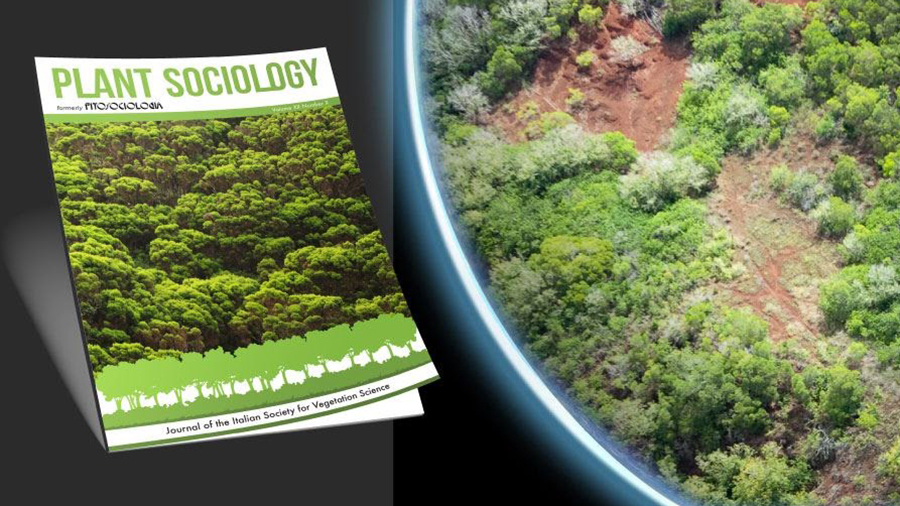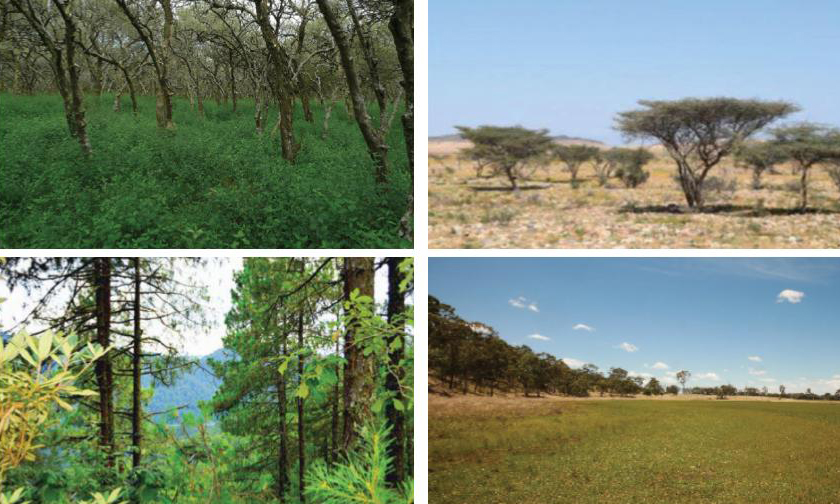In a new editorial, Plant Sociology’s Editor-in-Chief Daniela Gigante and Co-editors Gianni Bacchetta, Simonetta Bagella and Daniele Viciani reflect on the current position and outlook of the official journal of the Italian Society of Vegetation Science (Società Italiana di Scienza della Vegetazione or SISV), now that it has completed its first issue since transitioning to the scientific publisher and technology provider Pensoft and ARPHA Platform earlier this year.
(visit: https://plantsociology.arphahub.com/)
The Editorial board briefly analyses the issues around the inaccessibility to scholarly research and suitable scholarly outlets still persisting in our days that impede both readers and authors across branches of science. Naturally, they go on to focus on the situation in vegetation science, where, unfortunately, there are rather few outlets open to original research related to any aspect within vegetation science.
By telling their own experience, but also citing the stories of other similarly positioned society journals, including other journals that have moved to Pensoft’s self-developed ARPHA Platform over the past several years (e.g. Journal of Hymenoptera Research, European Science Editing, Italian Botanist, Vegetation Classification and Survey, Nota Lepidopterologica), the editors present an example how to address the challenges of securing the long-term sustainability and quality for a journal used to being run by a small editorial staff in what they refer to as a “home made” method.

In this process, the SISV supported its official scholarly outlet to be published as a “gold open access” journal and ensured that the APCs are kept to a reasonable low in line with its non-profit international business model. Further discounts are available for the members of the Society.
Then, the journal management also reorganised its Editorial Board and welcomed a dedicated Social media team responsible for the increased outreach of published research in the public domain through the channels of Twitter and Facebook.
Besides making the publications publicly available as soon as they see the light of day, the journal strongly supports other good open science practices, such as open data dissemination. In Plant Sociology, authors are urged to store their vegetation data in the Global Index of Vegetation-Plot Databases (GIVD). Additionally, the journal is integrated with the Dryad Digital Repository to make it easier for authors to publish, share and, hence, have their data re-used and cited.
The team behind Plant Sociology is perfectly aware of the fact that it is only through easy to find and access knowledge about life on Earth that the right information can reach the right decision-makers, before making the right steps towards mitigating and preventing future environmental catastrophes.
“A journal focusing on all aspects of natural, semi-natural and anthropic plant systems, from basic investigation to their modelisation, assessment, mapping, management, conservation and monitoring, is certainly a precious tool to detect environmental unbalances, understand processes and outline predictive scenarios that support decision makers. In this sense, we believe that more and more OA journals focused on biodiversity should find space in the academic editorial world, because only through deep knowledge of processes and functions of a complex planet, humankind can find a way to survive healthy,”
elaborate the editors.
To take the burden of technical journal management off the shoulders of Plant Sociology’s own editorial team, the journal has entrusted Pensoft to provide a user-friendly and advanced submission system, in addition to the production, online publishing and archiving of the accepted manuscripts. Thus, the editorial team is able to focus entirely on the scientific quality of the journal’s content.
“The renewal of Plant Sociology is a challenge that we have undertaken with conviction, aware of the difficulties and pitfalls that characterize the life of a scientific journal today. Entrusting the technical management of the journal to a professional company aims to improve its dissemination and attractiveness, but also to focus our efforts only on scientific content,”
explain the editors.
***
About Plant Sociology:
Plant Sociology publishes articles dealing with all aspects of vegetation, from plant community to landscape level, including dynamic processes and community ecology. It favours papers focusing on plant sociology and vegetation survey for developing ecological models, vegetation interpretation, classification and mapping, environmental quality assessment, plant biodiversity management and conservation, EU Annex I habitats interpretation and monitoring, on the ground of rigorous and quantitative measures of physical and biological components. The journal is open to territorial studies at different geographic scale and accepts contributes dealing with applied research, provided they offer new methodological perspectives and a robust, updated vegetation analysis.
Find all pre-2020 issues and articles of Plant Sociology openly available on the former website.


